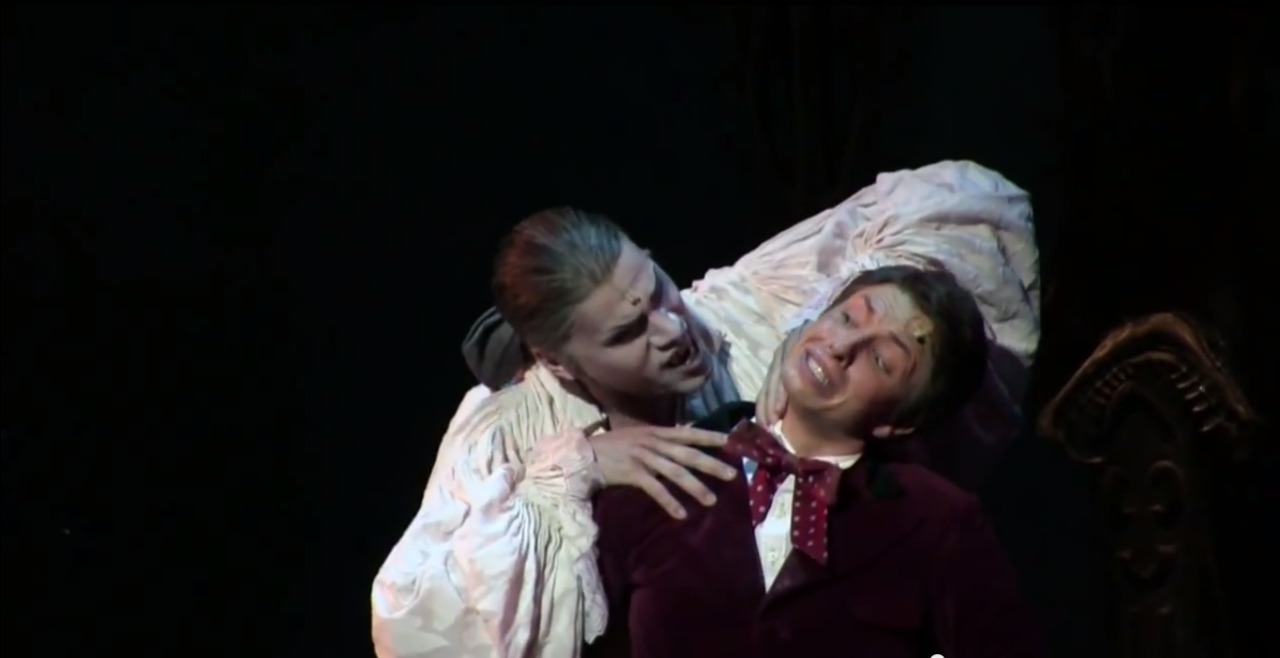

Public art installation by Don Porcaro now on view at Pelham Art Center Hoping for a theater bailout? Better head to London. Ringo marks 80th at online gig with fellow Beatle McCartney Nigeria academy looks to spread ballet among Lagos poor In Russia, they tore down lots of statues, but little changedĭubai reopens doors to tourists after long shutdown Works by Grenfell artist Khadija Saye launch public art project Machu Picchu to reopen at 50% capacity, but no date set National Museum of Women in the Arts announces new acquisitions Morse Museum acquires and prepares installation of remarkable Tiffany Fireplace Hood Phillips New Now Sale to include works by Eddie Martinez, Oscar Murillo, Anish Kapoor, and Amoako Boafo On Syria river, craftsmen revive famed water wheels Richard di Liberto, expert photographer of museum art, dies at 82Ĭhristie's announces highlights included in The Collector sale Masterwork by Henry Moore achieves top lot at Bonhams Sale of Impressionist & Modern Art Gladstone Gallery announces the representation of The Estate of Elizabeth Murray Michael Werner Gallery announces East Hampton locationĪ selection of works from Mary Duke Biddle Trent Semans Foundation to be offered at BonhamsĬhristie's announces the first virtual Asian Art Week Seven Fauvist works newly deposited on permanent loan at the Kunstmuseum Baselįossil of giant 70m year-old fish found in Argentina In addition to his granddaughter and his wife, Richard di Liberto is survived by two daughters, Lisa di Liberto and Carolyn di Liberto, and a grandson, Harper di Liberto-Bell. If you want to call it love at first sight, sure, thats what it was. We would have been married 62 years, Irene di Liberto said. The couple met as teenagers when he was stationed at Mitchel Air Force Base on Long Island. Wed go out there and figure out why they never ran right.ĭi Liberto spent his retirement at home in Beechhurst, Queens, with his wife, Irene di Liberto, and at their rural cabin west of Albany.

Richard had an obsession with cars and convertibles, Lee said. He and Galen Lee, the Fricks horticulturist, rented a garage in Queens with other gear heads. Outside of work, di Liberto restored old sports cars. He printed the images in a darkroom on site. Using a medium-format film camera, di Liberto captured the subtle veining of a marble bust, the patterns of an 18th-century Flemish tapestry, the craquelure of a Goya canvas. Photographing art is a specialty, requiring the technical skill to show a variety of objects and surfaces in their best light. But two years later, when a dispute broke out between museum staff members and a new director, di Liberto sided with the staff, resigned and went to work for the Frick. The Brooklyn Museum hired him as its chief of photography in 1971. He took courses at RCA Institutes and the Rochester Institute of Technology, apprenticed himself to fine-art photographer Scott Hyde and began shooting art and architecture for corporate clients, galleries and museums.
RICHARD DELIBERTY PHOTOTIME SERIES
After his discharge, he returned to the city and finished his GED, working a series of humdrum jobs before pursuing photography. The family soon moved from a tenement on the Lower East Side to Corona, Queens.ĭi Liberto dropped out of high school at 17 and enlisted in the Air Force.

7, 1938, in Manhattan to Gaetano di Liberto, who emigrated from Sicily, and Mildred (Macaluso) di Liberto. His granddaughter, Nika Sabasteanski, said the cause was COVID-19. His photographs illustrate many of the Fricks books, catalogs and press materials.ĭi Liberto died April 1 at North Shore University Hospital in Manhasset, New York, on Long Island. He also shot interior and exterior architectural images of the museum and any traveling exhibits. As the chief of photography at the Frick Collection on the Upper East Side of Manhattan, Richard di Liberto was one of the upstairs employees the curators, conservators and administrators who run the museum.īut di Liberto, the son of an Italian immigrant bricklayer, liked to hang out downstairs in the basement billiards room, with the custodians, gardeners, guards, art movers and maintenance workers who shot pool in the afternoons.Ī musician since his teens, he used lunch breaks to play drums at Jazz at Noon, a long-running weekly jam session in Manhattan.Īnd when his granddaughter visited him at work, di Liberto would lift the velvet rope and whisk her upstairs to show off the opulent rooms forbidden to museumgoers.ĭi Liberto photographed the Fricks collection of paintings, drawings, sculpture, decorative objects and furniture from 1974 until his retirement in 2004.


 0 kommentar(er)
0 kommentar(er)
